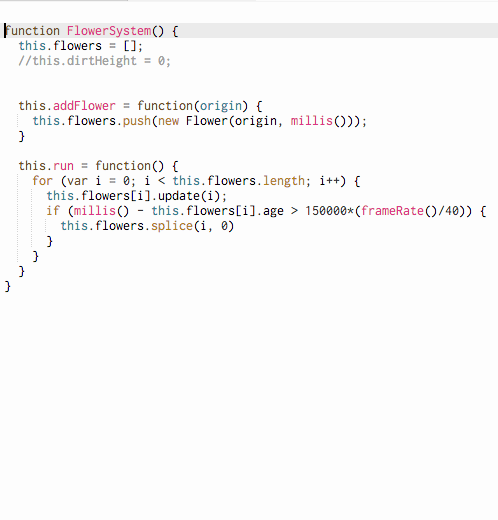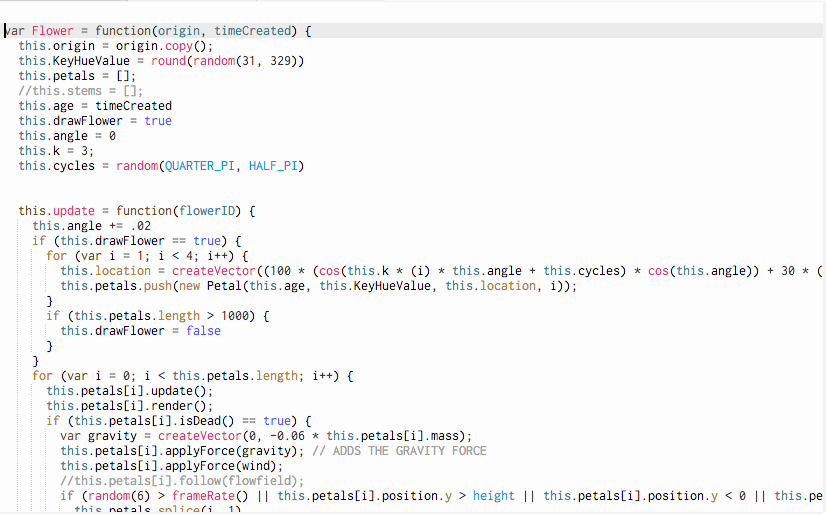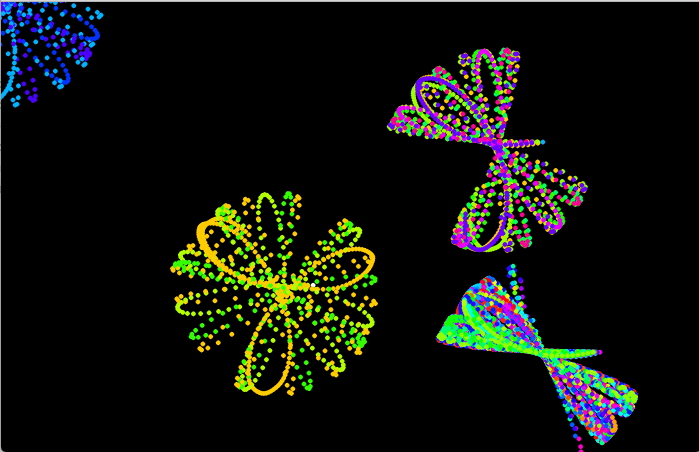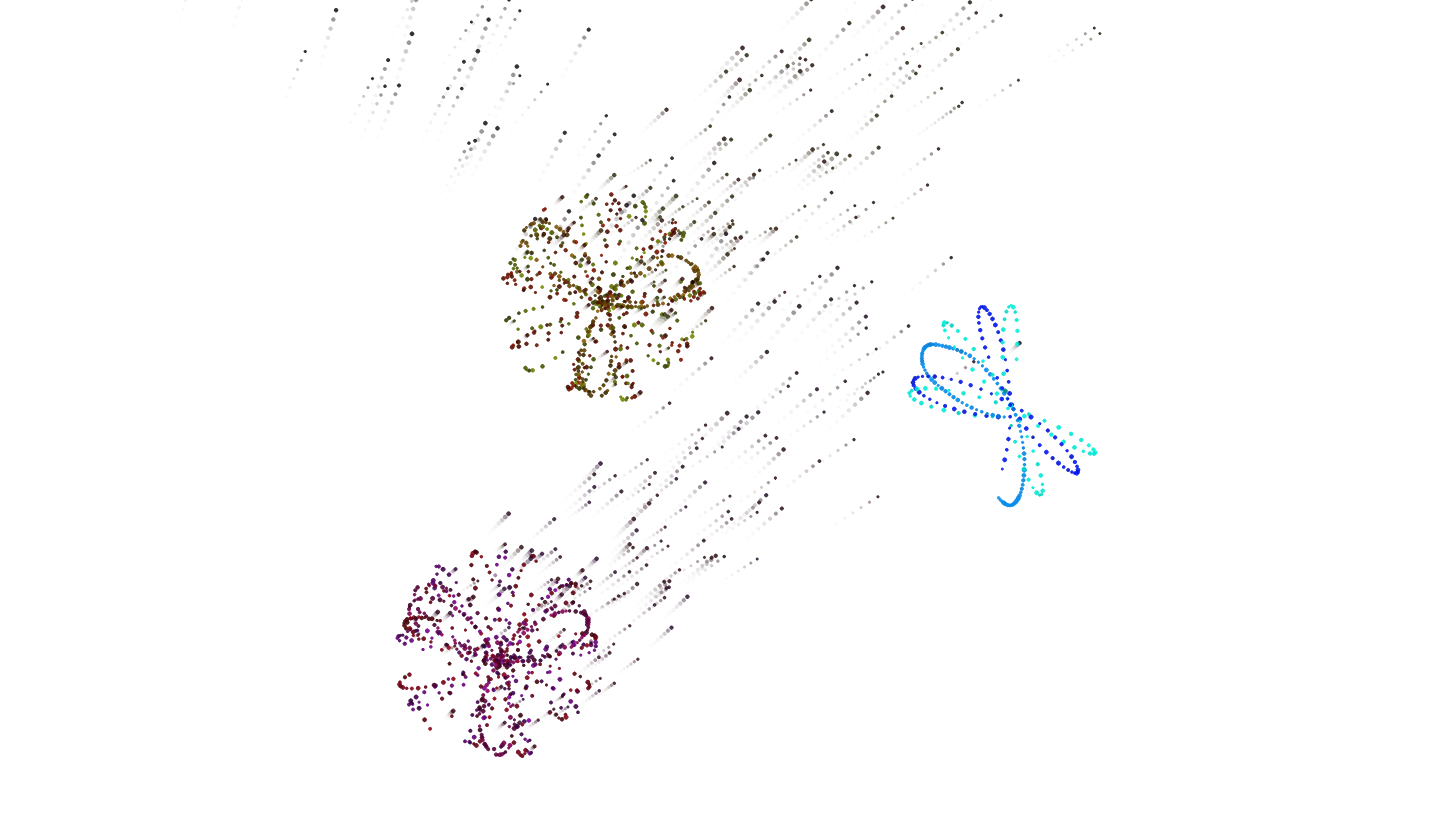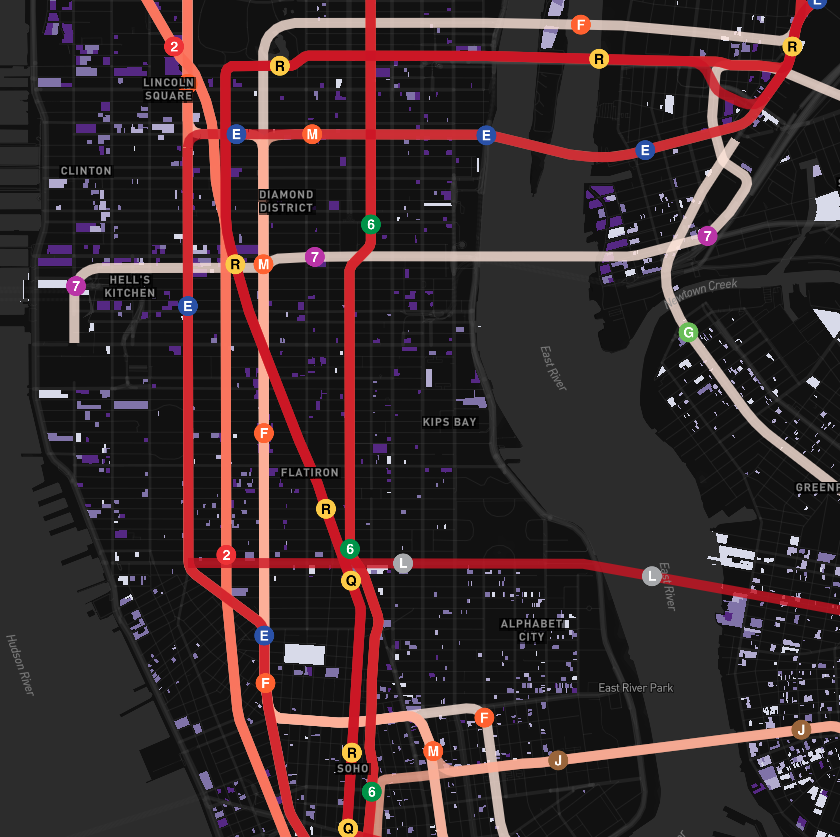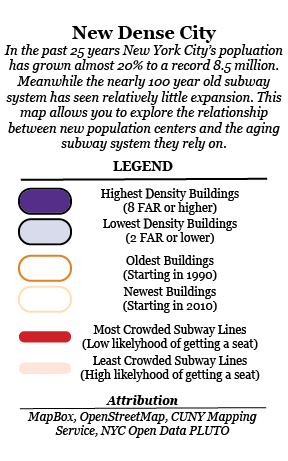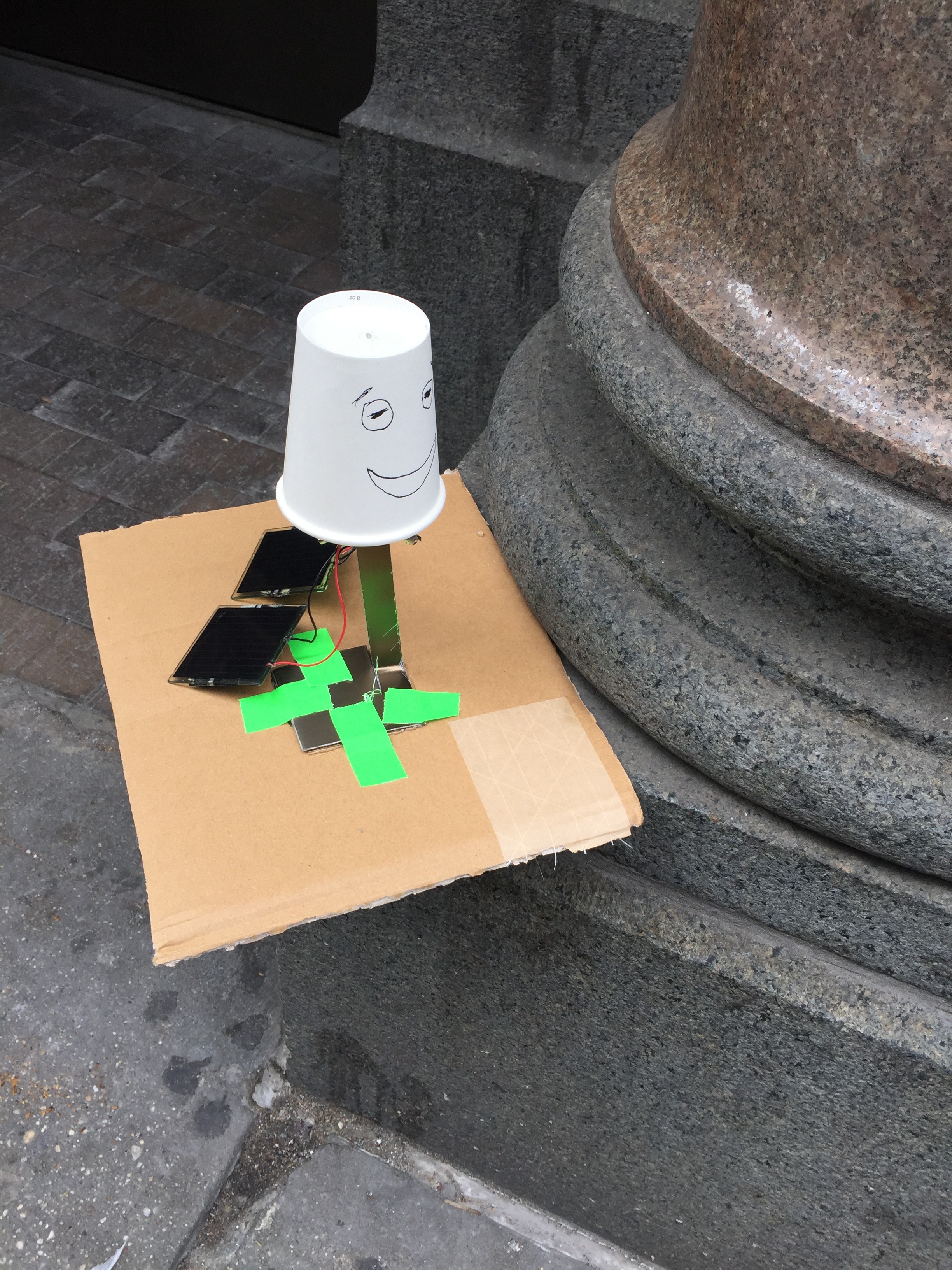Tentative Project Name(s): Sound Leveler, Honk Box, Traffic Monitor
Short Description: A physical street sign that detects and reacts to car horns.
Long Description: Building off of software I wrote last semester, this project will be a physical street noise calming solution. My goal is to take a highway grade speed limit sign, replace the miles per hour section with LED boards and have animated emoji-style reactions to noise pollution displayed to drivers. Since this sign is not official and will not have access to the power grid portable power will be a central part of the project. After building and testing the core functions I will try to develop a power system that will allow this sign to run for a full 24 hours without being plugged into a wall. To achieve this I plan to use a combination of batteries (stored power from the grid) and solar panels.


I currently expect the project to use 5 volts at approximately 2-4 amps depending on the number of illuminated LEDs and the difficulty of processing the audio.
Materials:
1-2 Arduino(s), 1-2 microphones, 4 bi-color LED panels, 1 Speed Limit street sign, 2 6V 9W solar panels, battery capable of up to 30 watt output for 12 hours (possibly this one), case for electronics, wires + hardware.
Timeline:
Week of 3/24/16 – Test honk detection on arduino and functionality of LED panels
Week of 3/31/16 – Develop first stage electronics prototype with dumb sound detection and simple LED response + measure the power consumption
Week of 4/07/16 – Finalize functionality of sound detection and LED response + begin building the sign and mounts for components
Week of 4/14/16 – Rough version of final product running on grid power
week of 4/21/16 – Begin construction of battery + solar power system and mounts.
Week of 4/28/16 – Finishing touches, test, waterproofing, pole mount.
Week of 5/5/16 – Documentation
Current Progress:

